Threats to pōhutukawa and rātā
Since 1990, Project Crimson has worked with community groups, businesses and volunteers to support the planting of over 300,000 pōhutukawa and rātā. Unfortunately serious threats still remain today to the future of these iconic native species, with the recent discovery of myrtle rust and the ongoing impact from possums continuing to affect the population.
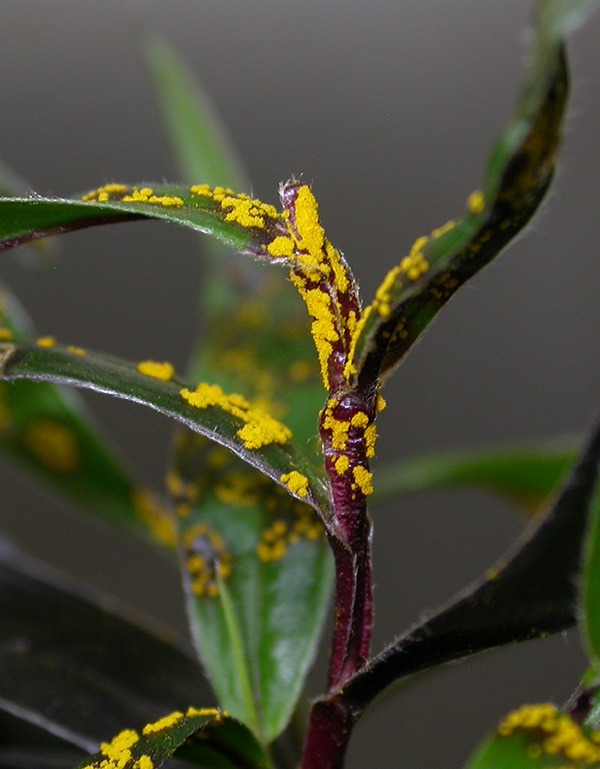
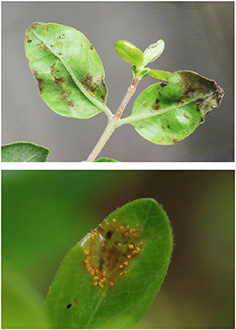
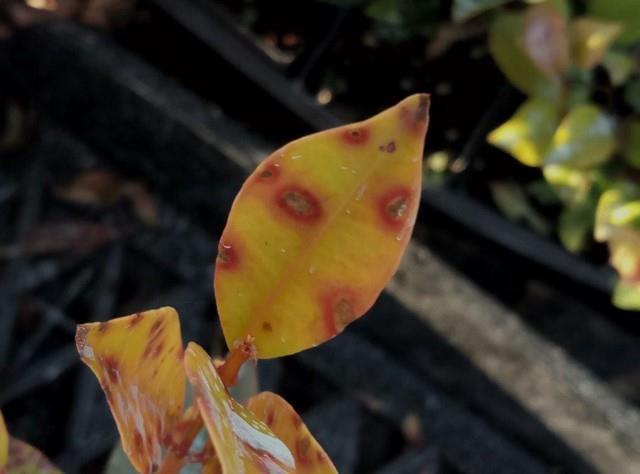
Myrtle Rust
Read our 2021 report on myrtle rust here.
Myrtle rust is a serious fungal disease that affects plants in the myrtle family. Native plants in this family include the pōhutukawa, mānuka, rātā, ramarama and rōhutu.
Myrtle rust reproduces quickly and can repeatedly damage new growth of infected plants. Over time, the infection weakens a tree’s immune system making it vulnerable to other diseases and reducing its ability to grow and survive. Young plants are particularly vulnerable.
The first detection of the disease in mainland New Zealand was at a Northland nursery in early May 2017. Since that time it has spread throughout the North Island, and to the top and west coast of the South Island. In 2019, Ministry for Primary Industries moved from a surveillance and containment focus to a management and research role, observing the disease’s impact over the long term.
Project Crimson urges all New Zealanders to continue efforts to observe and report sightings of myrtle rust, and to minimise the risk of spreading the disease where possible.
Learn what to look for
Check any Myrtaceae plants on your property for symptoms of myrtle rust (some common examples of these are pōhutukawa, mānuka, bottlebrush, feijoa, ramarama, blue gum).
Look for the following symptoms:
- bright yellow powdery eruptions on the underside of the leaf (young infection)
- bright yellow powdery eruptions on both sides of the leaf (mature infection)
- brown/grey rust pustules (older spores) on older lesions
- grey, ‘fuzzy’ spore growth on undersides of leaves
- some leaves may become buckled or twisted and die off.
Visit www.myrtlerust.co.nz for photo examples of the disease, and to register for online myrtle rust learning modules.
Report any sightings to inaturalist
We encourage people to report all myrtle rust sightings through the inaturalist website (inaturalist.nz/projects/myrtle-rust-reporter) to ensure as much information is captured as possible. Remember not to remove, or touch any leaves affected by myrtle rust as that may increase chance of the disease spreading.
Stay in the loop
You can stay up-to-date with the latest research and news on myrtle rust at www.myrtlerust.org.nz
Keep planting native trees
Continuing to plant native trees in the myrtle family is absolutely vital to the survival of our iconic trees.
If you’re planting myrtles on your own property it’s important to plant the highest quality stock, ensure you’re not plant from cuttings or clones. If in doubt, check in with a local nursery that specialises in native trees to ensure you’re getting young trees grown from disease-free seeds.
Continuing to plant all our native tree species ensures we have stronger ecosystems that are more resilient to diseases. If you can’t plant natives at home, consider funding or donating native trees through Trees That Count who will get them planted on your behalf in the community.
Possums
The Australian brush tailed possum was introduced into New Zealand in 1837 to establish a fur trade. Inits native land the possum is up against dingoes, bush fires and less palatable vegetation, but in New Zealand conditions are so favourable it often breeds twice in one year.
It was estimated that the New Zealand possum population topped 70 million during the 1980’s and 90’s. Landcare Research now estimates that figure around 30 million, but the number has not been confirmed as the cost to do so would be better spent reducing possum numbers even further.
These so-called cute furry marsupials ravage the bush — it has been estimated they chew up seven million tonnes of vegetation a year.
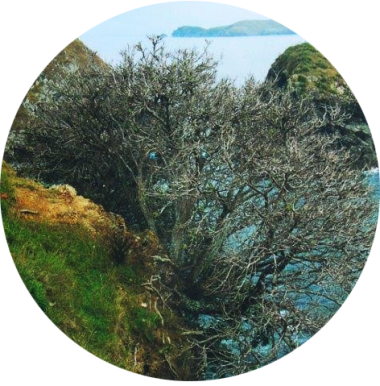
Why are Possums a problem?
The damage to native forests can be seen all too clearly in many areas. Possums ignore old leaves and select the best new growth. In some areas they have eaten whole canopies of rata, totara, titoki, kowhai and kohekohe.
Possums compete with native birds for habitat and for food such as insects and berries. They also disturb nesting birds, eat their eggs and chicks and may impact on native land snails.
Dairy and deer farmers have the added worry of possums spreading bovine tuberculosis. Possums are also a nuisance in suburban gardens, and sometimes even indoors.
Methods of Control
Use of 1080
Project Crimson and its programmes, Trees That Count and TREEmendous, recognise that the use of 1080 for pest control is a controversial topic. However, along with the majority of conservation organisations, we support the leadership of the Department of Conservation and Predator Free New Zealand on this topic.
This means that while 1080 is not without its drawbacks, we believe it is the best option New Zealand has right now in the fight against introduced predators.
Read more about 1080
- 1080 Facts – A collaborative website by Forest & Bird and Federated Farmers
- The Department of Conservation ‘Why we use aerial 1080’
- The Parliamentary Review evaluating the use of 1080
- The Environmental Protection Authority’s review of 1080 from 2008-2012
Trapping
Predator Free New Zealand provides advice and equipment for trapping predators. Check out their website for more information.
